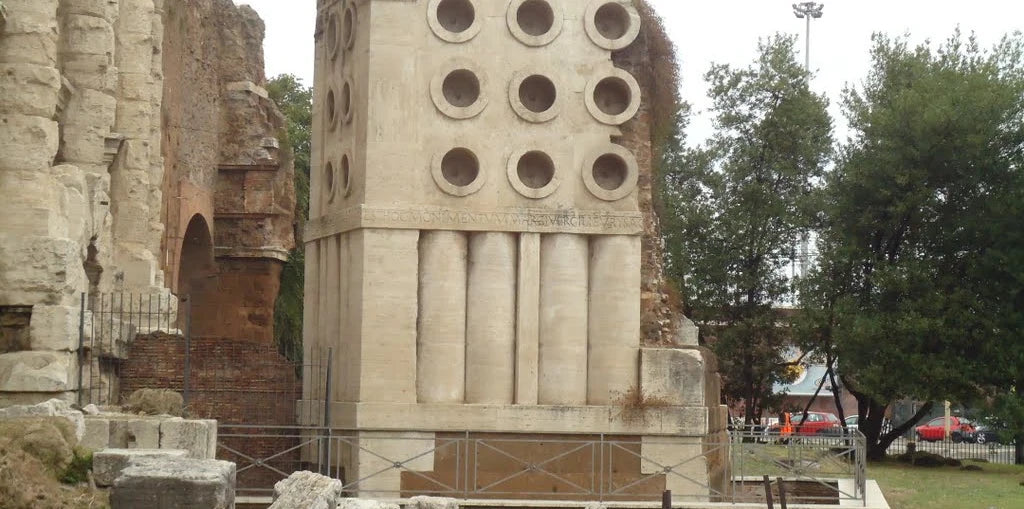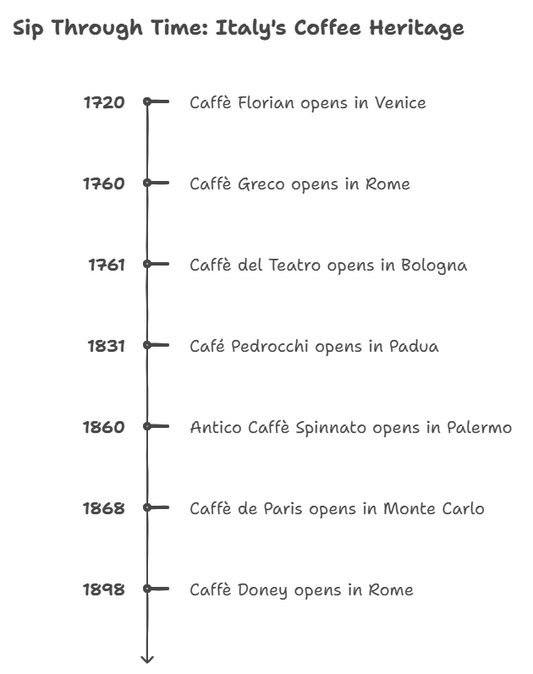Rome’s illustrious history of aristocracy and slavery has emphasized the differences in standards of living among its population. However, death has also acted as a social leveler. To commemorate the death and celebrate life, tombs of the dead built by the living have been used as markers of the most important narratives and accomplishments in a person’s life.
Aristocrats often had elaborate funerals and tombs to mark their final resting place. However, this is not to say that lower-class members of society did not have access to meaningful ways of commemorating death too. The freedmen and freedwomen (collectively called the freedmen) of Rome were one such group of people who became free after being released from slavery.
From Slaves To Freedmen
Slaves could also become freedmen after attaining freedom. Slaves were significant parts of Roman households, assisting in everything from cooking to working in the fields. Nearly every household in Rome had slaves and masters often developed close working relationships with their slaves.
Despite being able to find work in Roman households, many slaves also wanted to attain freedom. They usually achieved it when they accumulated enough savings to buy freedom from their master, or when their masters set them free as a reward.
You can also read our post on how Rome became so powerful later on.
Achieving the status of a freedman, however, didn’t mean that slaves would leave everything from their past behind. Some slaves continued to maintain close working or business relationships with their former masters and a few even continued to stay inside their master’s houses. Such was the extent of how close the relationships could be between slaves and their masters.
Some slaves also went on to pursue jobs with their education and skills, like becoming a blacksmith, bakers, or butchers. These jobs were however still looked down upon by the aristocracy. Even though these slaves had attained the status of freedom, they were never indeed quite free from their past. But many of them continued to work hard throughout their lives with the dream of one day becoming as well-off and respected as their old masters.
We also covered how big Rome was at its peak which was around 51% of the US.
These freedmen’s dreams even went with them to the grave, as seen in how their tombstones were built and decorated in the same way as a person of high social standing. These tombstones reflected the hopes and ambitions of the freedmen which they’d strived to achieve their entire lives.
Funeral Rites
The Romans took funeral rites seriously as they believed in the existence of the afterlife. The most well-known Roman burial rite was the burying of the dead with coins. The Romans believed that dead bodies were taken over to the afterlife by the Roman psychopomp Charon in a boat. These coins were buried with the dead body to pay for the passage.
The funeral procession and burial differed between social classes. Poorer people would be simply carried by their friends and family members after their body was prepped for burial. A richer person with more social standing would have merited a more decadent and elaborate funeral procession. They would have had a band of musicians, jesters, and other high-ranking people present who knew them in their life joining in the procession.
The route also differed. The bodies of poorer people would be taken on a short route straight to the graveyard. For richer, high-class members of society, their bodies might be paraded around and taken through an extended funeral procession route. Extremely important people or those who were prominent in society might visit key locations where their public authority figures would pay respects to their bodies. Only after that would the body be taken to the graveyard.
Once at the graveyard, burial customs were usually similar across classes, with the only difference being how many items were buried with the body. Both poorer and richer people were buried with gifts to ensure that they would pass on fully into the afterlife and that their souls would not return to their families. There was the belief that if souls were not given enough possessions at the time of death to pass on peacefully into the afterlife, they would return to bring misfortune to their families. These gifts included the coins and money buried with the body for safe passage by Charon. After the burial, families would usually observe nine to ten days of mourning.
Tombs or graves of richer people usually occupied prime plots of land in high-visibility areas near the city entrances. Poorer, lower-class people were buried in the plots of land between the graves of richer people. Richer people usually had elaborate tombs, with funerary reliefs, carvings, and inscriptions on the stone. These marked out significant events or symbols relating to that person's life. Poorer people usually did not have tombs - instead, they had simple gravestones. The poorest people in society were buried in mass graves.
Tomb of Eurysaces The Baker
Perhaps one of the most famous examples of a freedman tomb in Italy is that of Eurysaces. This tomb is unique because of the elaborate funerary carvings that decorate it. Its prominent location near the Porta Maggiore by the 3rd-century Aurelian walls of Rome was unusual for the grave of a freedman. The site is considered a tourist attraction and the tomb even has its own dedicated Wikipedia page.

Source: pocketrome.wordpress.com
Eurysaces was a slave who had been freed. After attaining freedman status, he became a baker by profession. This was inscribed in the carving on his tomb: “This is the monument of Marcus Vergilius Eurysaces, baker, contractor, public servant."
https://www.reddit.com/r/rome/comments/frgmr8/1st_century_bce_tomb_of_eurysaces_the_baker_porta/
He started his bakery with his wife and grew the business into a larger industrial set-up, as indicated in the carvings on the side of the tomb. They depict the process of bread being baked and processed by workers. Sophisticated machinery for grain processing was also spotted in the carved reliefs, indicating that advanced technology was probably used in Eurysace’s bakery. The thriving bakery implied that Eurysaces, a freedman, had managed to escape the bindings of slavery and poverty and eventually established a profitable, respectable business for himself.
Burials were not allowed within the city. Even securing a spot just outside the city boundary would require permission and a large sum of money. This led to the conclusion that Eurysaces was probably very wealthy since he could afford to buy land in this prominent spot near the city boundary for his tomb.
This area granted the tomb maximum exposure to human traffic which passed by near the city walls and entrances. The Porta Maggiore was built after the tomb was constructed. This must have meant that the tomb was iconic enough for a section of the Aurelian city wall to be built around it. Such was the extent of Eurysaces’ prominence.
Given this, it is highly probable that Eurysace’s tomb stands as a testament to his tenacity as a freedman to achieve success after being released from slavery. The hard work he put into building and growing a bakery granted him city-wide recognition, something unheard of for freedmen in those years. Eurysaces was an exception of his kind and the enduring popularity of his tomb even up till today is proof of that.
We also covered the tallest building in ancient Rome which was 57m tall!




